SAN FRANCISCO — Intel gave further details on its technique for embedding spin-transfer torque (STT)-MRAM into devices using its 22-nm FinFET process, pronouncing the technology ready for high-volume manufacturing. Embedded MRAM is considered a promising technology for applications such as internet of things (IoT) devices.
In a paper presented at the International Solid-State Circuits Conference here Tuesday, Intel said that it has used a “write-verify-write” scheme and a two-stage current sensing technique to create 7-Mb perpendicular STT-MRAM arrays in its 22FFL FinFET process. The company had provided early details of its success in developing the first FinFET-based MRAM devices last year at the International Electron Devices Meeting.
The embedded MRAM technology achieves 10-year retention at 200°C and endurance of more than 106 switching cycles, said Ligiong Wei, an Intel engineer who presented the paper Tuesday. The arrays have demonstrated write endurance of more than 1E06 cycles and read disturb error rate of more than 1E12 cycles, Wei said.
In addition to high endurance, the 22-nm embedded MRAM technology boasts robust yields, with a bit yield rate of greater than 99.9%, according to Wei. However, manufacturing the devices requires error-correction code bits, increasing the size and power budget of the design, Wei said.
MRAM — which is a non-volatile memory technology — is considered a promising long-term candidate to replace memory chip stalwarts DRAM and NAND flash, which face major scaling challenges as the industry moves to smaller nodes. But MRAM is also appealing as an embedded technology replacement for flash and embedded SRAM because of its fast read/write times, high endurance, and strong retention.
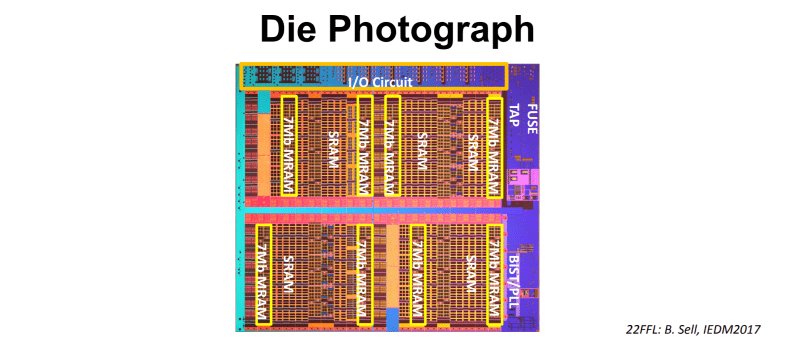
Globalfoundries has been offering embedded MRAM on its 22FDX 22-nm FD-SOI process since 2017, but it is not known if any customers are using the technology in commercial products currently shipping.
Analysts believe that Intel is already using its embedded MRAM technology in currently shipping products for foundry customers.
According to Intel’s ISSCC paper, each 0.0486-μm2 transistor to one magnetic tunnel junction (1T1MTJ) MRAM bit cell is 216 × 225 nm2, with two polysilicon word lines. The tunnel-magneto-resistance ratio of the MTJs is 180% at 25°C, with a target device-critical dimension between 60 nm and 80 nm.
Wei said that the eMRAM design is also tolerant of wide variations in supply voltage. The design achieves a 4-ns read sensing time at 0.9 V but is also capable of 8-ns read sensing time at 0.8 V, she said.
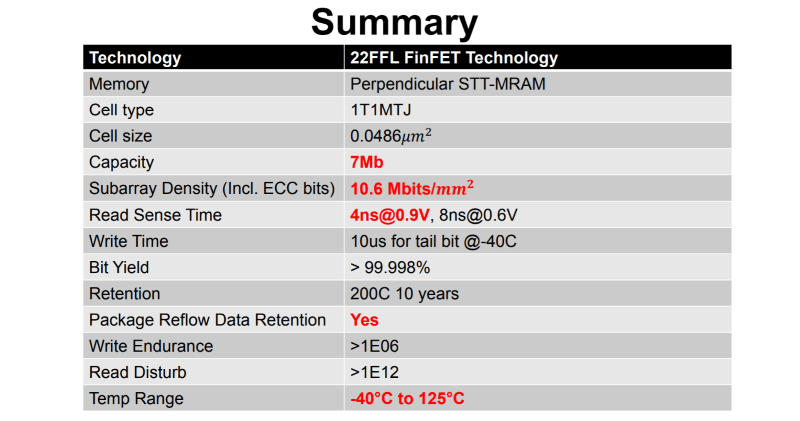
In a separate ISSCC paper presented Tuesday, Intel also described the development of resistive RAM (ReRAM) as a low-cost option for embedded non-volatile memory for SoCs used in IoT and automotive. The embedded ReRAM technology — also implemented in a 22-nm FinFET process — demonstrate what the company says is the smallest and highest-density ReRAM subarray and material innovations to allow low-voltage switching without impact to transistor reliability.
— Dylan McGrath is the editor-in-chief of EE Times.
Abonnieren fuer regelmaessige Marktupdates.
Bleiben Sie auf dem neuesten Stand der Branchentrends, indem Sie unseren Newsletter abonnieren. Unser Newsletter ist Ihr Zugang zu erstklassiger Marktexpertise.
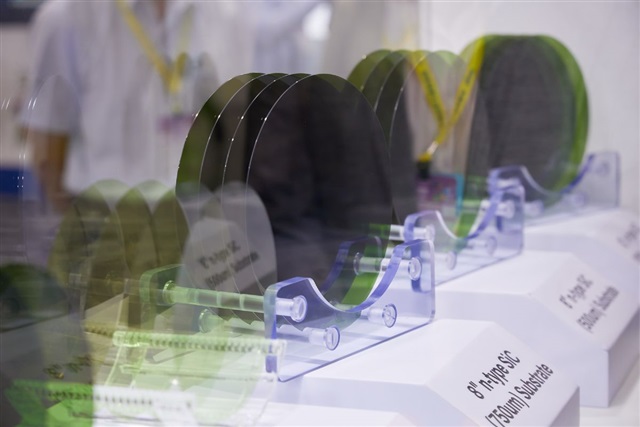
The US has initiated a Section 301 investigation into China's mature semiconductor processes and third-generation silicon carbide (SiC) semiconductors. Supply chain operators state that the increa

In 2025, we expect 9.5% growth in the global semiconductor market, driven by robust demand for data centre services, including AI. However, growth in other, more mature segments is expected to be stag

Taiwanese chip manufacturer TSMC has announced a $100 billion investment in the United States, aiming to build five additional semiconductor facilities.The plan was revealed by TSMC CEO C.C. Wei along

Prices of mature process memory, long hit by oversupply due to fast capacity expansion at Chinese makers, are expected to rebound, thanks to the Chinese government's consumption stimulus programs.
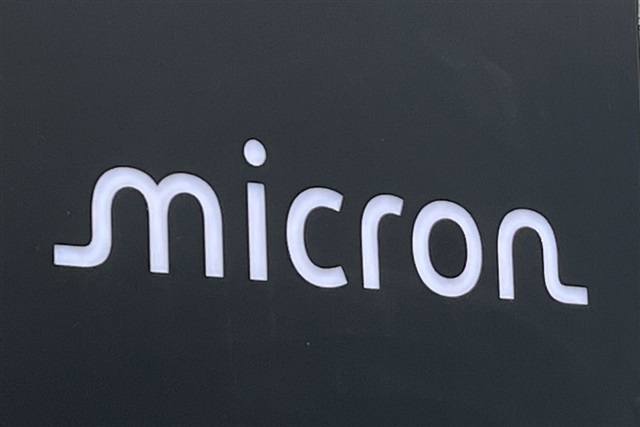
With the ongoing development of new-generation processors, the introduction of PCIe Gen5 specifications into high-end PC applications is set to commence in 2025. According to Micron Technology, Gen4 p
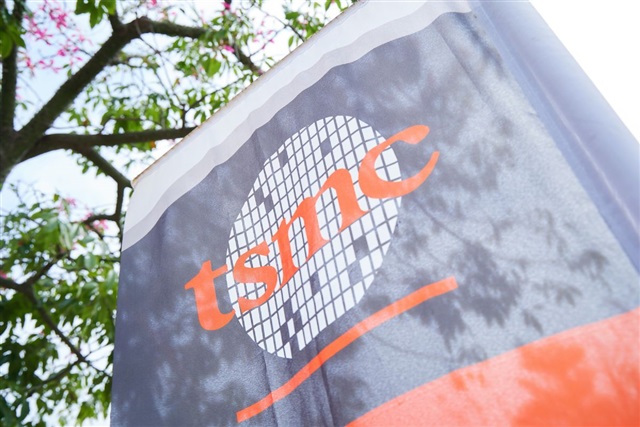
The global market is watching how TSMC, pressured by the US, might assist Intel's foundry operations, while Samsung Electronics and Rapidus, also facing challenges, may similarly require TSMC'